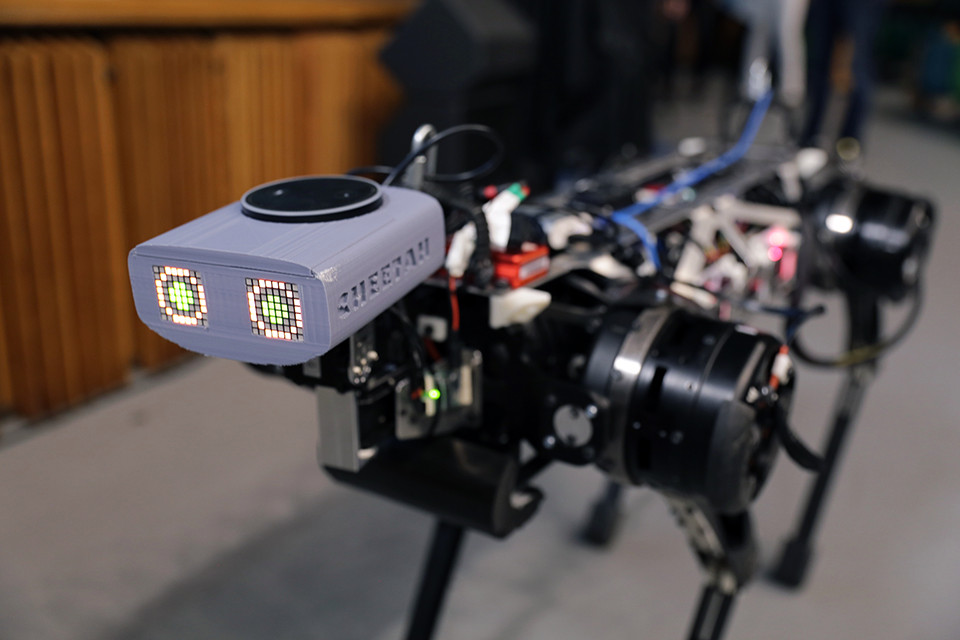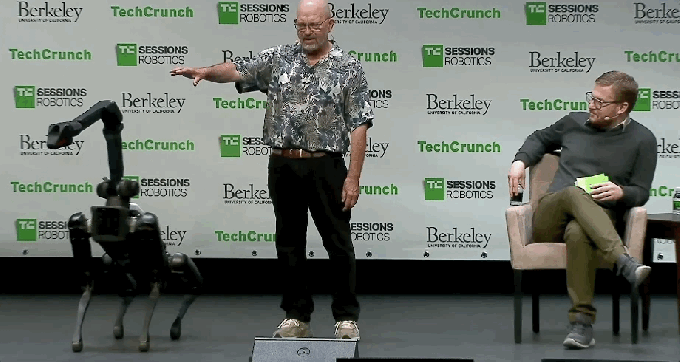Here is a strange little online community to puzzle at. Amazon has developed an unnerving, Stepford-like presence on Twitter in the form of several accounts of definitely real on-the-floor workers who regurgitate talking points and assure the world that all is right in the company’s infamously punishing warehouse jobs.
After Flamboyant Shoes Guy called out the phenomenon, I found 15 accounts (please don’t abuse them — they get enough of that already). All with “Amazon smiles” as their backgrounds and several with animals as profile pictures. All have the same bio structure: “(Job titles) @(warehouse shorthand location). (Duration) Amazonian. (2- or 3-item list of things they like.)” All have “FC Ambassador ” in their name. All have links to an Amazon warehouse tour service.
” in their name. All have links to an Amazon warehouse tour service.
And all ceaselessly communicate upbeat messages about how great it is to work at an Amazon warehouse and assuring everyone that they are not being forced to do this. The messages all seem cut from the same cloth, frequently along the same exact patterns:
The workers say that they don’t receive compensation for being ambassadors; it’s a “totally optional role” they have taken on voluntarily. They also claim to be warehouse employees in the ordinary sense. If so, they’re putting their numbers at risk by taking the time out to bang out long tweets hourly on how great they’re doing.

Their most frequent topics of conversation are how they get bathroom breaks, the pleasant temperature of the warehouses, the excellent benefits and suitable wages, friendly management, and how the job isn’t monotonous or tiring at all. FC Ambassador Carol, for example, is downright elated to be a picker, and is clearly a Bezos admirer.
You can practically hear the smile on her face.
I have a friend who worked as a picker for a while, admittedly some years back. He said it was some of the most mind-numbing yet physically demanding work he’s ever done. I understand that some folks may just be happy to have a job with full pay and benefits — I’d never begrudge anyone that, I’ve sure felt that — but the unanimous and highly specific positivity on display in these ambassador accounts really seems like something else.
It’s no secret, after all, that Amazon has an image problem when it comes to labor. Reports have for years described grueling labor at these “fulfillment centers,” where footsore workers must meet ever-increasing daily goals, their time rigidly structured and room for advancement cramped. Just recently Gizmodo’s Brian Menegus has had a couple great stories on current — not past — labor conditions at the company, and of course there have been dozens of such stories detailing exploitation or generally poor conditions over the last few years. And not just here in the U.S., either.
Certainly Amazon may have improved those conditions. And certainly they would want to get the message out. But these accounts are equally certainly not the grassroots advocacy they seem to be. (There’s already a parody account, naturally, or perhaps one of the ambassadors slipped the leash.)
I’ve asked Amazon for more details on what this program really consists of, and how it comes to pass that warehouse workers are being not paid to monitor Twitter, regularly rebutting critics with clearly canned stats and the kind of forced humor one would imagine they would indulge in if their overalls hid a shock collar. I’ll update this post if I hear back.


 Lucio will report to Chief Product Officer Chris Cox and be part of Chief Operating Officer Sheryl Sandberg’s leadership team. Facebook confirms he’ll work across the company’s family of apps, including Instagram and WhatsApp, which both lack a named CMO. Prior to HP, Lucio was Visa’s chief marketing and communications officer for seven years, and had been at PepsiCo leading innovation and beverage marketing for eight years before that.
Lucio will report to Chief Product Officer Chris Cox and be part of Chief Operating Officer Sheryl Sandberg’s leadership team. Facebook confirms he’ll work across the company’s family of apps, including Instagram and WhatsApp, which both lack a named CMO. Prior to HP, Lucio was Visa’s chief marketing and communications officer for seven years, and had been at PepsiCo leading innovation and beverage marketing for eight years before that. The only Linux instance that isn’t getting a full 50 percent cut is the $5/month 512 MB instance, which will now cost $3.50. That’s not too bad, either. Depending on your needs, 512 MB can be enough to run a few projects, so if you don’t need a full 1 GB, you can save a few dollars by going with Lightsail over Digital Ocean’s smallest $5/month 1 GB instance. Indeed, it’s probably no surprise that Lightsail’s 1 GB instance now also costs $5/month.
The only Linux instance that isn’t getting a full 50 percent cut is the $5/month 512 MB instance, which will now cost $3.50. That’s not too bad, either. Depending on your needs, 512 MB can be enough to run a few projects, so if you don’t need a full 1 GB, you can save a few dollars by going with Lightsail over Digital Ocean’s smallest $5/month 1 GB instance. Indeed, it’s probably no surprise that Lightsail’s 1 GB instance now also costs $5/month.



